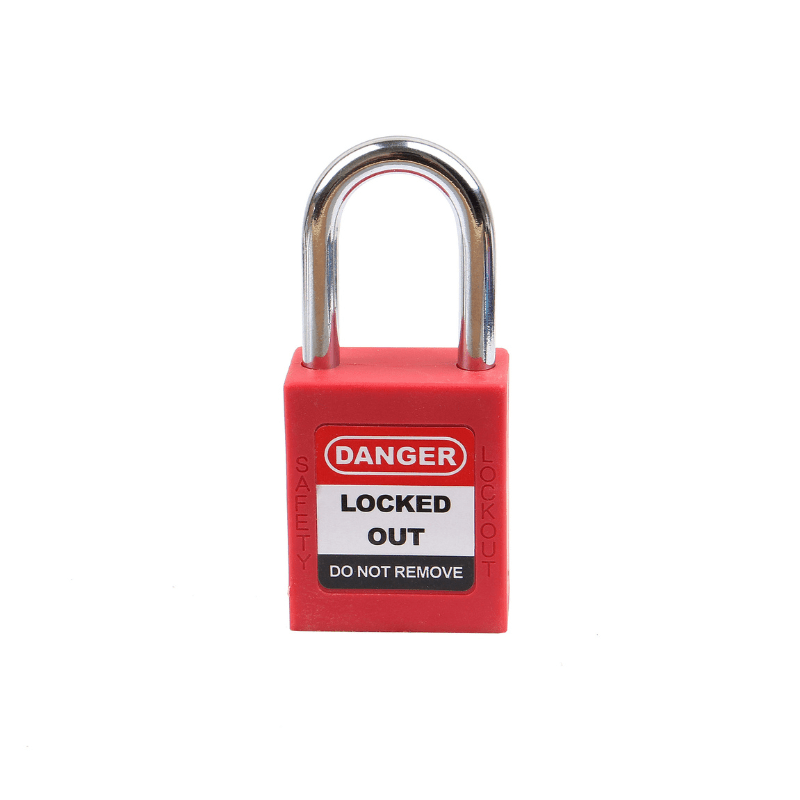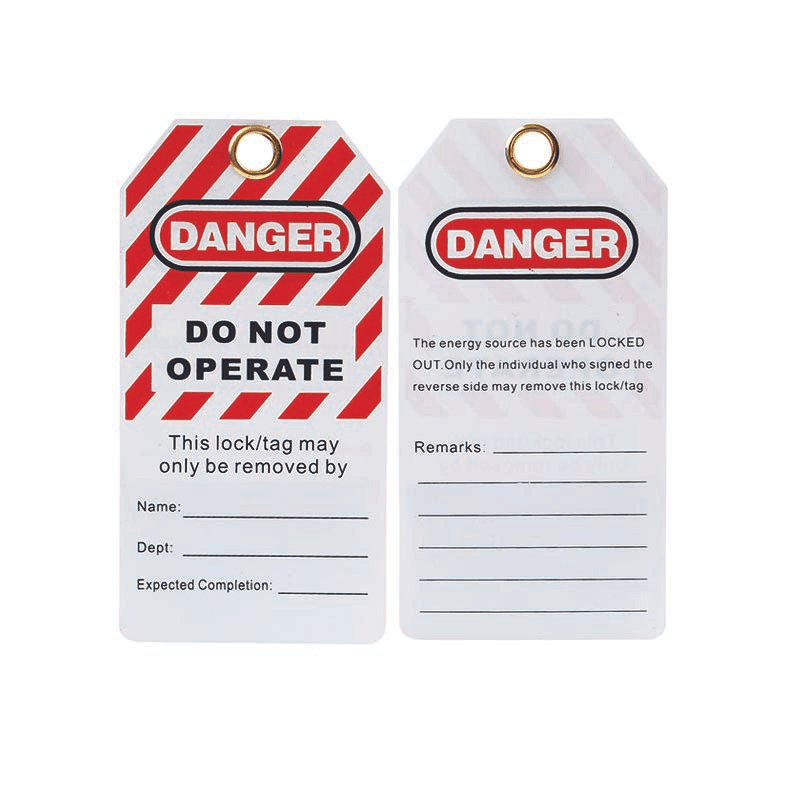Safety signage plays a vital role in emergency preparedness, ensuring that workplaces are equipped to handle various crises efficiently. Whether it’s directing employees to emergency exits, identifying safety equipment, or providing crucial instructions during an emergency, signage acts as a critical visual aid to guide and protect. In this blog post, we will explore how safety signage is integral to emergency planning and response, focusing on evacuation procedures, the identification of emergency exits, and the visibility of emergency equipment.
Table of Contents
- 1. Importance of Safety Signage in Emergency Preparedness
- 2. Safety Signage in Evacuation Procedures
- 3. The Role of Signage in Identifying Emergency Exits
- 4. Signage for Emergency Equipment
- 5. Compliance and Safety Standards for Signage
- 6. Best Practices for Implementing Effective Safety Signage
- 7. Conclusion
1. Importance of Safety Signage in Emergency Preparedness
Safety signage is crucial in emergency preparedness because it provides clear, immediate visual instructions to workers and visitors during a crisis. In many situations, emergencies unfold quickly, leaving little time for verbal instructions or complex procedures. Safety signage ensures that critical information is available at a glance, helping to reduce confusion, panic, and potential injuries.
In an emergency, such as a fire or chemical spill, employees need to act quickly and decisively. Well-placed signage can direct them to the nearest exit or safety area, minimizing evacuation time. Additionally, safety signage can prevent further damage by identifying the locations of fire extinguishers, first aid kits, and emergency shut-off switches.
2. Safety Signage in Evacuation Procedures
Evacuation procedures are a fundamental aspect of emergency preparedness, and safety signage is essential in ensuring that these procedures are followed correctly. During an emergency, whether it's a fire, flood, or industrial accident, the chaos can make it difficult for individuals to find the safest route out of a building. Properly placed signage mitigates this risk by providing clear, visible directions.
Emergency exit signs, marked with symbols or arrows, are key in leading people to safe exits during evacuations. These signs should be strategically placed throughout the facility, especially in high-risk areas like manufacturing floors, kitchens, or laboratories where hazards are common. When illuminated, these signs remain visible even in low-visibility conditions like smoke or power outages, ensuring workers can still find their way to safety.
3. The Role of Signage in Identifying Emergency Exits
Identifying emergency exits is one of the primary functions of safety signage. In large facilities, such as industrial plants, warehouses, or office complexes, it can be easy to become disoriented during an emergency. Smoke, confusion, or panic can make it challenging for employees or visitors to find their way out. Clear, illuminated emergency exit signs, often combined with directional arrows, ensure that people can locate exits quickly and efficiently.
Not only should these signs be highly visible from any location in the building, but they also need to be placed in strategic positions, such as along escape routes, near stairwells, and at corridor intersections. Illuminated or glow-in-the-dark signs are particularly important in scenarios where the building may lose power, which is common in fires or electrical malfunctions. These signs provide reassurance that individuals can still navigate safely in poor visibility conditions.
Furthermore, it is essential that exit signage complies with international safety standards, such as ISO 7010, which sets out standard symbols and colors for emergency exits. This consistency ensures that no matter where someone is located—whether in a multinational corporation's office or a factory in Europe—they will recognize the signage and be able to act accordingly in an emergency.
4. Signage for Emergency Equipment
In addition to guiding employees to safety, signage plays a critical role in identifying the locations of essential emergency equipment, such as fire extinguishers, first aid kits, eyewash stations, and defibrillators. In the event of a fire or medical emergency, seconds count, and the ability to quickly locate life-saving equipment can make a huge difference.
Fire extinguisher signs, for example, should be placed above or adjacent to the equipment to ensure it is easy to spot, even in a crowded or cluttered environment. Similarly, signs indicating the location of first aid kits or defibrillators need to be placed where they are highly visible and accessible to all employees. This is particularly important in workplaces that span large areas, such as warehouses or production plants, where locating emergency equipment could otherwise take precious time.
Clear signage ensures that employees can act swiftly and effectively in an emergency. In situations where specialized equipment, such as spill kits or hazardous material response tools, is required, signage should include additional information about the equipment’s purpose and instructions for use. This helps ensure that even untrained personnel can assist in mitigating hazards or providing emergency care.
5. Compliance and Safety Standards for Signage
Safety signage must meet specific compliance standards to ensure it is not only effective but also legally acceptable. In the European Union, for instance, directives such as Directive 92/58/EEC and Directive 2009/104/EC specify the minimum requirements for workplace safety signage. These regulations cover everything from the size and placement of signs to the use of standardized symbols and colors that can be easily recognized by all workers, regardless of language proficiency or background.
ISO 7010 is the international standard for graphical symbols on safety signs, and it is widely adopted across Europe. It mandates the use of specific pictograms and colors to represent different hazards or safety instructions, such as green for emergency exits and red for fire safety equipment. This uniformity ensures that workers will quickly and easily understand the meaning of the signs, which is essential in high-pressure emergency situations.
Compliance with these safety regulations not only helps protect workers but also shields companies from potential legal liability. Employers are required to regularly inspect and maintain safety signage to ensure it remains in good condition and complies with current standards. Damaged, outdated, or missing signs can lead to accidents, and in turn, fines or penalties for non-compliance.
6. Best Practices for Implementing Effective Safety Signage
Effective safety signage goes beyond simply placing a few signs around the workplace. To maximize the effectiveness of your safety signage, you should consider the following best practices:
- Clear and Concise Messaging: The text on safety signage should be easy to understand at a glance. Short, clear, and direct messages, supported by universal symbols, help convey critical information in seconds, especially during emergencies when workers have limited time to react. Avoid overly detailed or complicated wording, which may slow down decision-making.
- Strategic Placement: Placement is crucial for the effectiveness of safety signage. Signs should be positioned where they are most likely to be seen, such as at eye level in high-traffic areas, near hazards, and along escape routes. When positioning signs, consider factors like lighting, potential obstructions, and whether the sign will be visible from multiple angles. In large or complex facilities, signage should be placed at intervals to guide people safely and efficiently through the building.
- Maintenance and Upkeep: Even the best-designed signage will lose its effectiveness if it becomes damaged or worn over time. Regular maintenance checks are essential to ensure signs remain legible and in good condition. Replace any faded, damaged, or outdated signs promptly. Additionally, signs that no longer comply with updated regulations must be replaced to maintain compliance.
- Employee Training: While signage provides crucial visual cues, it is equally important that employees are trained to understand and react.
7. Conclusion
In conclusion, safety signage is a critical component of any workplace's emergency preparedness plan. From guiding evacuations to identifying emergency equipment, signage provides essential visual cues that help mitigate the risks associated with emergencies. By ensuring that signs are properly designed, strategically placed, and compliant with safety regulations, businesses can protect their employees and minimize the impact of potential disasters.
For more information on how The Lock Box can assist with your safety signage needs, visit our safety signage collection.



